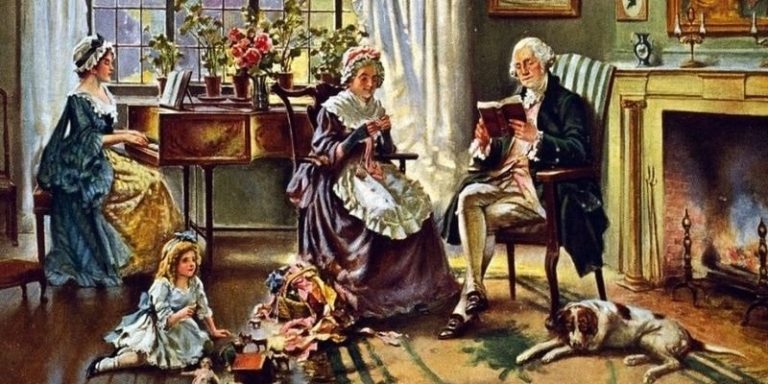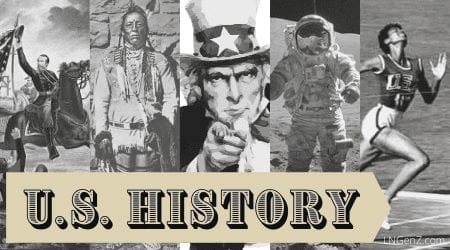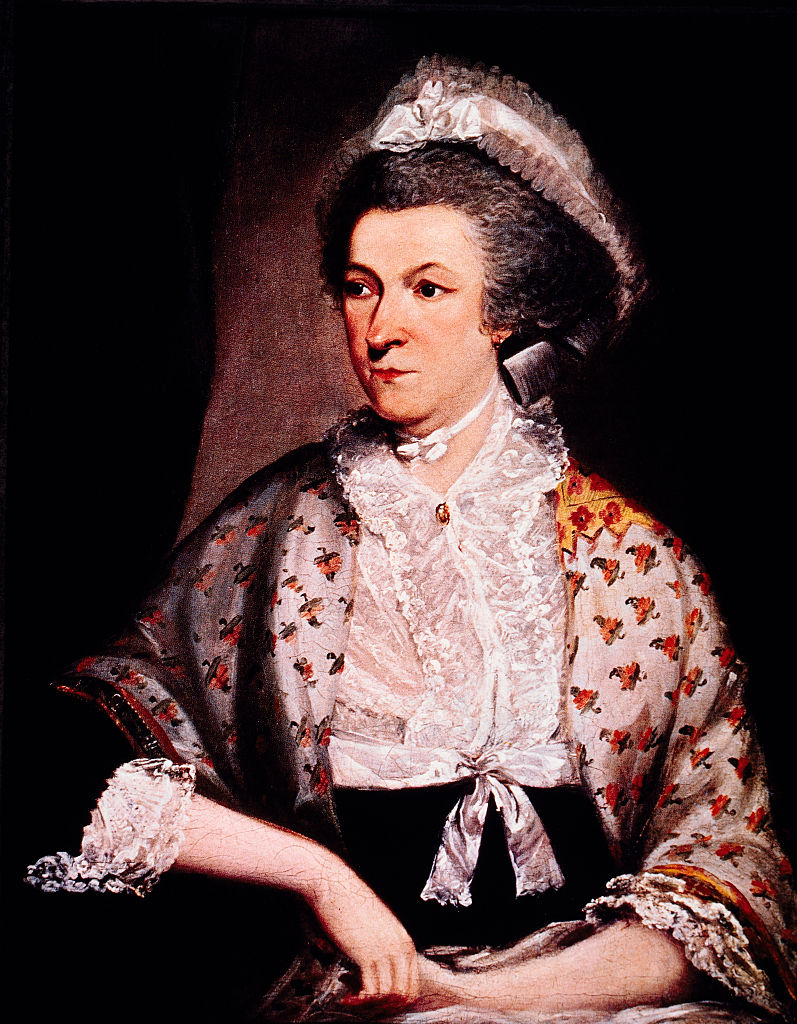Revolutionary Women: America’s Founding Females
Women were warriors, nurses, couriers, and seamstresses – and so much more.
By: Sarah Cowgill | September 22, 2021 | 629 Words

(Photo by: Photo12/Universal Images Group via Getty Images)
The Founding Fathers and their heroic actions helped form the United States, where freedoms are first and foremost protected. But the men did not establish this nation without the help of women. Women were warriors, nurses, couriers, and seamstresses. Many were camp followers: traveling with husbands from one battlefield to the next, doing laundry, and cooking for the company.
On The Battlefield
Deborah Sampson disguised herself as a man and joined the Continental Army in battle. Calling herself Robert Shurtleff, Sampson joined the Fourth Massachusetts Regiment. She was assigned to Captain George Webb’s Company of Light Infantry at West Point, New York. Sampson was given the dangerous job of scouting for British troops. Sampson and two sergeants led a scouting mission that ended in a clash with the British Army in 1782, when she raided a Tory home and took prisoners.
 Mary Ludwig Hays, also referred to as Molly Pitcher, took her injured husband’s place during the Battle of Monmouth in 1778. The term “Molly Pitcher” basically applied to camp followers who brought water to the men on the battlefields. Margaret Corbin also followed her husband’s unit and found herself on the artillery line during the British assault on Fort Washington in 1776.
Mary Ludwig Hays, also referred to as Molly Pitcher, took her injured husband’s place during the Battle of Monmouth in 1778. The term “Molly Pitcher” basically applied to camp followers who brought water to the men on the battlefields. Margaret Corbin also followed her husband’s unit and found herself on the artillery line during the British assault on Fort Washington in 1776.
History books are short on information about the six-foot-tall redheaded patriot and warrior Nancy Hart. An herbalist, markswoman, and hunter, Hart protected her Georgia backwoods community. She often disguised herself as a crazy old man wandering through the woods. In this way, she gathered intel to pass along to local militiamen. During one incident, the frontier woman was making soap when a British spy came upon her farm. She doused him with boiling water, tied him up, and turned him over to the Continental Army. Her Cherokee neighbors nicknamed her Wahatche – meaning “war woman.”
Communication Is Key
Most Americans have heard of “Paul Revere’s Ride,” a poem written by Henry Wadsworth Longfellow about Revere’s heroic ride through the night, alerting colonists how the British were going to attack. But did anyone write a poem for Sybil Ludington, the New York teenager that rode a forty-mile route – twice the distance of Revere – in the pouring rain on April 26, 1777? At just 16-years-old, Ludington rode across Putnam and Dutchess Counties, rousing local militia to prepare for battle following an attack in nearby Danbury, Connecticut.
Mercy Otis Warren also made a name for herself as a patriot. As an author of satire and political dramas, Warren’s messages were disguised as entertainment. They were published in the Massachusetts Spy newspaper and were bitterly critical of the state’s key officials, specifically Governor Thomas Hutchinson. Warren also boycotted products from England and lauded the Boston Tea Party, encouraging others to do the same.

Abigail Adams. Portrait, Mather Brown, 1785. (Photo by: Universal History Archive/Universal Images Group via Getty Images)
A spy, a scout, and a messenger describe best the war efforts of Catherine “Kate” Moore Barry. Kate is the reason British General Charles Cornwallis was defeated in Yorktown, Virginia. Kate knew every Indian trail through the woods, outpacing and outfoxing the British. She rallied the militia who turned the tide at the Battle of Cowpens. Cornwallis soon surrendered to General George Washington.
Abigail Adams, married to a Founding Father, John Adams, has been slightly pushed aside in favor of her husband. But the future president admitted that Abigail was his closest personal and political adviser during the Revolutionary War and his time as president. Abigail wrote letters to John while he helped create a new government in Philadelphia at Constitution Hall. She reminded him to “remember the ladies” or warned that there could be a different kind of revolution in the future.
















